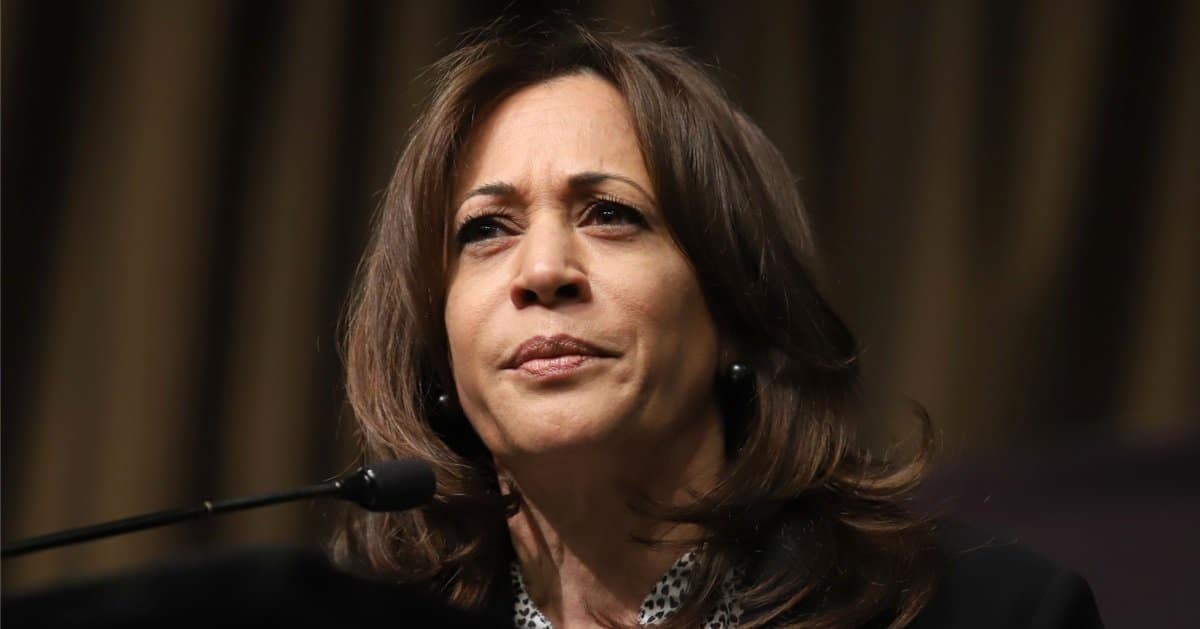

Senate Republicans are firing up a full-throated defense of coal with a resolution that’s got environmentalists seeing red.
The Washington Times reported that on Monday, these lawmakers, led by Sen. Cynthia Lummis of Wyoming, declared October 19-25 as “Coal Week,” a symbolic nod to the Trump administration’s push to revive an industry long battered by regulatory overreach and progressive energy policies.
This isn’t just a pat on the back for coal miners—it’s a deliberate counterpunch to years of decline under previous Democratic administrations that prioritized renewables and tight emission rules over energy reliability.
The coal sector, once a powerhouse, has struggled against cheap natural gas and government handouts for wind and solar. Now, with electricity demand spiking and grid stability concerns mounting, Republicans see coal as a comeback kid worth rooting for.
The resolution, co-sponsored by senators from Alaska, Utah, and West Virginia, doubles down on President Trump’s mission to unshackle the coal industry from what conservatives view as suffocating red tape.
It’s no secret that states like Wyoming, the nation’s top coal producer, along with West Virginia and Pennsylvania, have felt the sting of job losses and community decline under past policies.
“For years, the Biden and Obama administrations waged a relentless war on American coal, killing jobs, undermining our communities and driving up energy costs for everyday Americans,” said Sen. Cynthia Lummis, Wyoming Republican.
Let’s be real—those policies didn’t just hurt balance sheets; they gutted the livelihoods of hardworking families who keep our lights on.
But under Trump’s watch, the tide is turning, and this resolution is a victory lap for a pro-energy agenda that prioritizes affordability over trendy green mandates. The message is clear: coal, which still powered 19.5% of U.S. utility-scale electricity in 2022, isn’t going anywhere if Republicans have their say.
Rewind to last month, September 2025, when the Department of the Interior dropped a bombshell by opening 13.1 million acres for coal leasing while slashing royalty rates from 12.5% to 7%.
That’s a green light for production that’s been missing for far too long. It’s a pragmatic move for an industry desperate to meet rising electricity prices head-on.
Not stopping there, the Department of Energy is pumping $625 million into reviving and upgrading coal-fired plants. This isn’t about nostalgia; it’s about ensuring the grid doesn’t buckle under the weight of unreliable alternatives pushed by the left.
Of course, not everyone’s cheering—back in June 2025, a dozen environmental groups slapped the Trump administration with a lawsuit over relaxed emission standards for 68 coal plants across 23 states.
They claim it’s an overreach, but Republicans counter that the 2024 rules would’ve kneecapped older plants without delivering meaningful air quality gains.
“In Wyoming, we know firsthand how important coal is to keeping the lights on across the country,” said Sen. John Barrasso, Wyoming Republican. If that doesn’t hit home, consider this: when the grid falters, it’s not solar farms saving the day—it’s coal, steady and dependable.
Sen. Barrasso didn’t mince words about coal’s value, calling it “one of the most affordable, reliable, and abundant sources of energy on the planet.”
And he’s got a point—while progressive agendas chase utopian energy dreams, coal remains a practical lifeline for millions.
Coal Week isn’t just a gimmick; it’s a reminder of the human element behind the industry—miners and workers in states like West Virginia who’ve carried the burden of bad policy for decades. Their resilience deserves recognition, not another lecture on climate dogma.
Critics will argue this push ignores environmental costs, and sure, coal isn’t perfect—but neither is a blackout during a brutal winter.
Republicans are banking on a balanced approach: meet energy demands now while modernizing plants to cut emissions where feasible.



